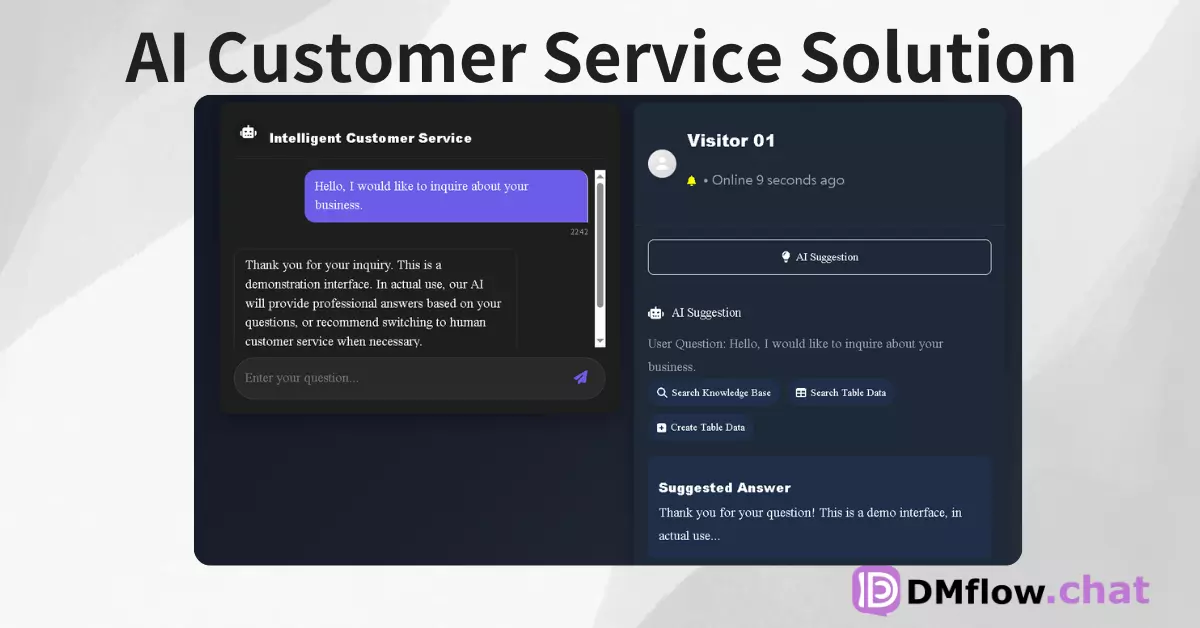
DMflow.chat
ad
DMflow.chat: Intelligent integration that drives innovation. With persistent memory, customizable fields, seamless database and form connectivity, plus API data export, experience unparalleled flexibility and efficiency.
StarVector is a multimodal vision-language model (VLM) designed specifically for Scalable Vector Graphics (SVG) generation. It can produce high-precision, semantically rich SVG code through both Image-to-SVG and Text-to-SVG methods. Unlike traditional curve vectorization techniques, StarVector operates directly at the SVG code level, allowing it to accurately utilize SVG primitives (such as ellipses, rectangles, polygons, and text), thus avoiding common distortions and artifacts seen in conventional methods.
StarVector employs a multimodal architecture capable of processing both images and text as inputs:
The model is built upon StarCoder, enabling it to transfer coding capabilities to the SVG generation domain, ensuring concise and syntactically correct code.
Traditional SVG generation methods, such as AutoTrace, Potrace, and VTracer, primarily rely on curve fitting and lack semantic understanding of images. This often results in distorted or overly complex path data, making it difficult to handle complex SVG elements.
StarVector’s advantages:
<path> data.Many previous SVG generation methods relied on pixel-level evaluation metrics (e.g., MSE), which fail to measure the true semantic accuracy of SVGs. To address this, the StarVector team developed SVG-Bench, a benchmark specifically designed to assess SVG generation quality, covering 10 datasets and 3 types of SVG generation tasks:
Currently, StarVector offers two model versions, both available for download on Hugging Face:
In SVG-Bench testing, StarVector outperformed all baseline models in DinoScore metrics:
| Method | SVG-Stack | SVG-Fonts | SVG-Icons | SVG-Emoji | SVG-Diagrams |
|---|---|---|---|---|---|
| AutoTrace | 0.942 | 0.954 | 0.946 | 0.975 | 0.874 |
| Potrace | 0.898 | 0.967 | 0.972 | 0.882 | 0.875 |
| VTracer | 0.954 | 0.964 | 0.940 | 0.981 | 0.882 |
| Im2Vec | 0.692 | 0.733 | 0.754 | 0.732 | - |
| LIVE | 0.934 | 0.956 | 0.959 | 0.969 | 0.870 |
| DiffVG | 0.810 | 0.821 | 0.952 | 0.814 | 0.822 |
| GPT-4-V | 0.852 | 0.842 | 0.848 | 0.850 | - |
| 💫 StarVector-1B | 0.926 | 0.978 | 0.975 | 0.929 | 0.943 |
| 💫 StarVector-8B | 0.966 | 0.982 | 0.984 | 0.981 | 0.959 |
Note: StarVector is not designed for natural images or illustrations since its training data primarily consists of icons, technical diagrams, charts, and logos.
StarVector’s training data comes from SVG-Bench, a specialized dataset for SVG generation models, covering 10 sub-datasets, each targeting different SVG generation scenarios:
| Dataset | Training Set | Validation Set | Test Set | Avg. Token Length | Supported SVG Primitives | Annotation Type |
|---|---|---|---|---|---|---|
| SVG-Stack | 2.1M | 108k | 5.7k | 1,822 ± 1,808 | All SVG Primitives | Image Annotation |
| SVG-Stack_sim | 601k | 30.1k | 1.5k | 2,000 ± 918 | Vector path | - |
| SVG-Diagrams | - | - | 472 | 3,486 ± 1,918 | All SVG Primitives | - |
| SVG-Fonts | 1.8M | 91.5k | 4.8k | 2,121 ± 1,868 | Vector path | Font Annotation |
| SVG-Fonts_sim | 1.4M | 71.7k | 3.7k | 1,722 ± 723 | Vector path | Font Annotation |
| SVG-Emoji | 8.7k | 667 | 668 | 2,551 ± 1,805 | All SVG Primitives | - |
| SVG-Emoji_sim | 580 | 57 | 96 | 2,448 ± 1,026 | Vector path | - |
| SVG-Icons | 80.4k | 6.2k | 2.4k | 2,449 ± 1,543 | Vector path | - |
| SVG-Icons_sim | 80.4k | 2.8k | 1.2k | 2,005 ± 824 | Vector path | - |
| SVG-FIGR | 270k | 27k | 3k | 5,342 ± 2,345 | Vector path | Image Classification & Annotation |
SVGs play a crucial role in icons, branding, technical diagrams, and map design. StarVector is currently the most advanced Image-to-SVG and Text-to-SVG generation model. Compared to traditional curve-fitting methods, it offers:
✅ Semantic Understanding, ensuring accurate image structure recognition
✅ Concise Code, generating more efficient SVGs
✅ More Accurate Evaluation Metrics, overcoming pixel-based limitations
✅ Support for Hugging Face training & testing, available for developers
StarVector makes AI-generated SVGs more precise and reliable, opening up new possibilities for vector graphics applications. 💡
👉 Resources:

DMflow.chat: Intelligent integration that drives innovation. With persistent memory, customizable fields, seamless database and form connectivity, plus API data export, experience unparalleled flexibility and efficiency.
Fudan University Teams Up with Jieyue Xingchen! OmniSVG Debuts – Is AI Vector Generation About to...
Midjourney V7 Is Here! Not Just Better Quality—This Time AI Might Read Your Mind? The heavywe...
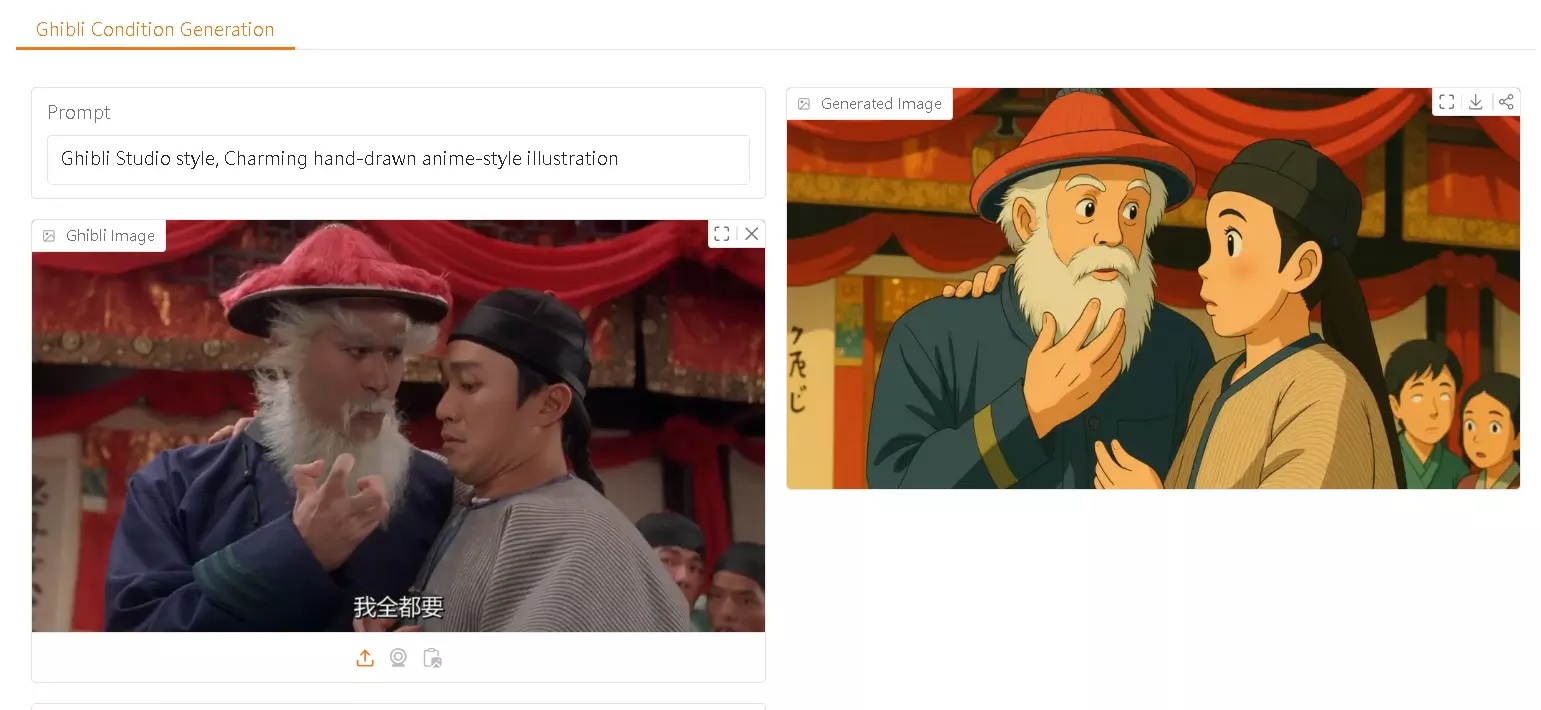
Free to Use in Ghibli Style! EasyControl_Ghibli Model Arrives, Instantly Transforming Photos into...
OpenAI Launches GPT-4o Image Generation with Multi-Turn Editing On March 25, 2025, OpenAI announ...
Google AI Studio Enhances Image Generation: Lower False Positives, Greater Usability Major Updat...
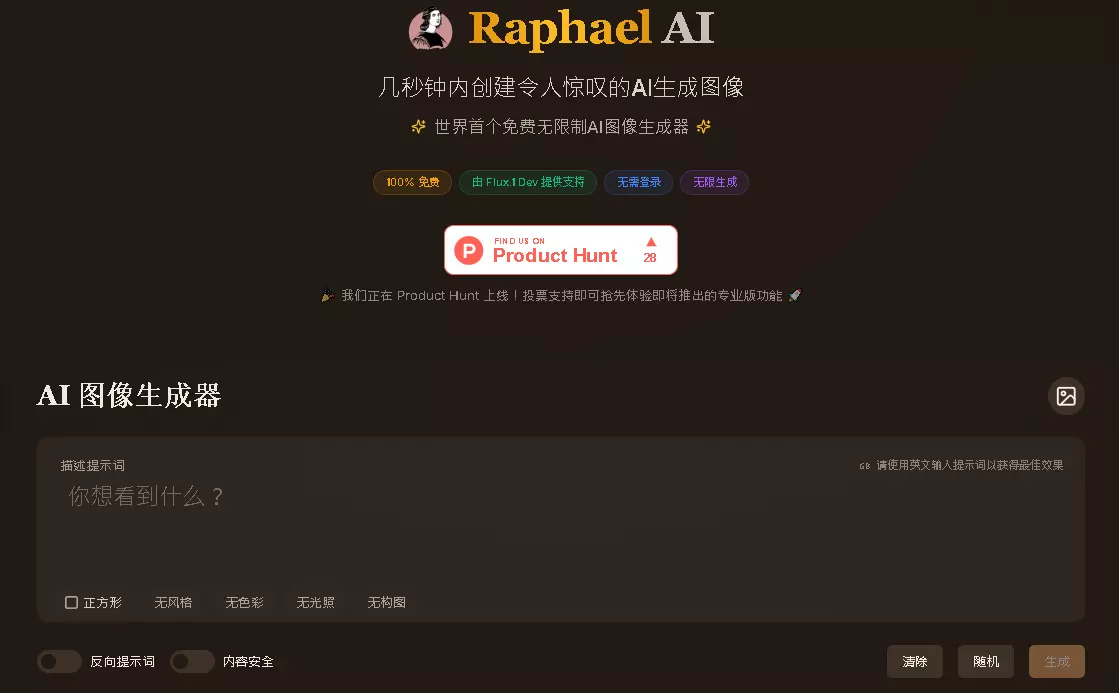
Free AI Drawing Tool Arrives! Unlimited Creativity with Raphael AI In this age of boundless c...
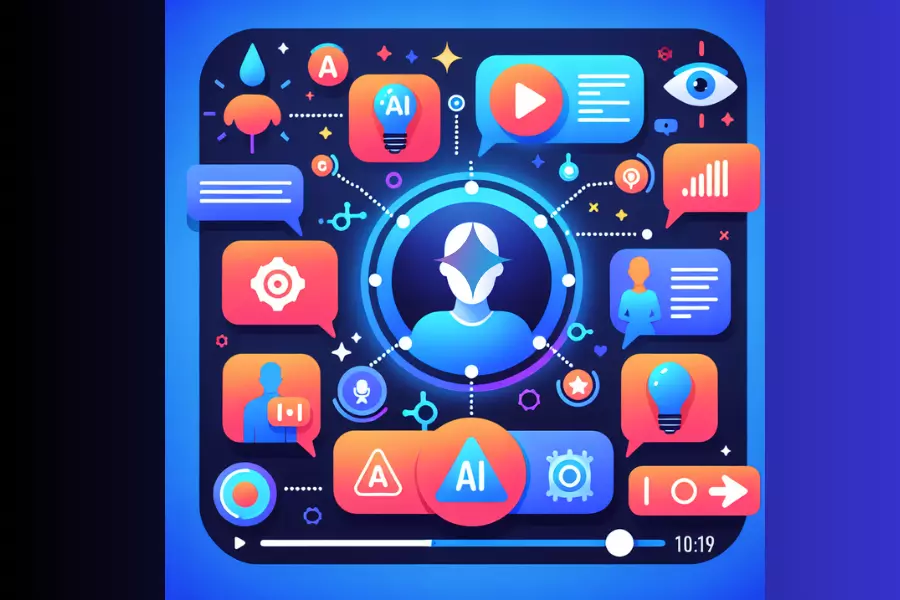
Creator’s Blessing! YouTube Tests Google Gemini to Aid Video Idea Generation YouTube is testing t...
Google AI Studio is Now Accessible via ai.dev! A New Era for Google AI Studio with a Simpler, Mo...
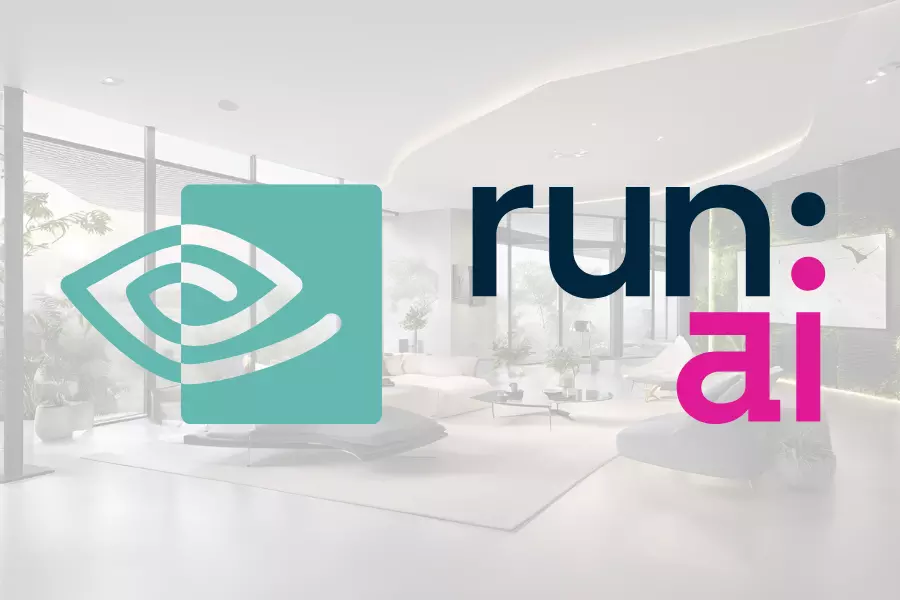
Industry Shakeup! NVIDIA Acquires Run:ai for $700M and Makes it Open Source Summary NVIDIA has a...
By continuing to use this website, you agree to the use of cookies according to our privacy policy.